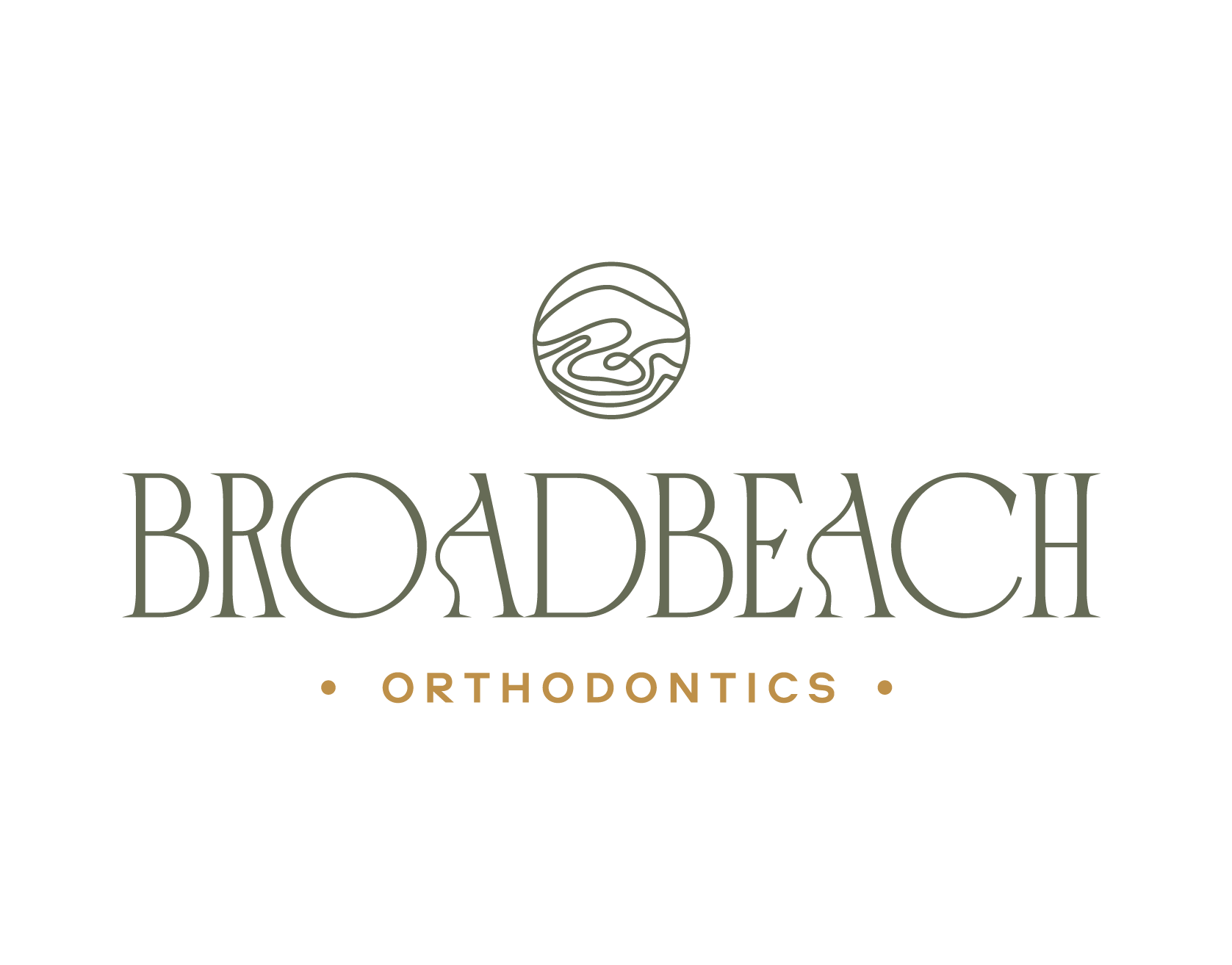Losing baby teeth is a significant milestone in every child’s development, marking a step towards growing up. At Broadbeach Orthodontics, we understand that parents often have questions and concerns about this natural process. Knowing when and what to expect can help you ensure your child’s dental health is on track. Let’s explore the timeline for losing baby teeth and what you can do to support your child during this transition.
The Timeline for Losing Baby Teeth
Typically, children begin to lose their baby teeth around the age of 6. However, it’s important to remember that every child is unique, and some may start losing teeth earlier or later than this average age. Here’s a general timeline to guide you:
Ages 6-7: The First to Go
- Central Incisors: The front bottom teeth (lower central incisors) are usually the first to go, followed by the front top teeth (upper central incisors).
- Lateral Incisors: The teeth next to the central incisors, both on the top and bottom, are typically the next to fall out.
Ages 7-8: More Front Teeth
- Canines and First Molars: The canines, also known as cuspids, and the first molars (both upper and lower) start to loosen and fall out during this period.
Ages 9-12: The Last to Go
- Second Molars: These are often the last baby teeth to fall out. The second molars at the back of the mouth usually fall out between the ages of 10 and 12.
Age 13 and Beyond: Permanent Teeth
By the age of 13, most children will have lost all their baby teeth and their permanent teeth will have come in. This is a crucial period for orthodontic evaluations to ensure that the permanent teeth are coming in properly and to address any potential issues early on.
Factors Affecting the Timeline
Several factors can influence when your child loses their baby teeth, including:
- Genetics: Family history can play a significant role in the timing of losing baby teeth.
- Oral Health: Good oral hygiene and regular dental check-ups can promote healthy tooth development and timely loss of baby teeth.
- Nutrition: A balanced diet rich in vitamins and minerals supports overall dental health.
Supporting Your Child Through the Process
Losing baby teeth can be an exciting yet sometimes uncomfortable experience for children. Here are some tips to help make the process smoother:
- Reassurance: Explain to your child that losing baby teeth is a natural part of growing up and that it’s perfectly normal.
- Oral Hygiene: Encourage your child to maintain good oral hygiene by brushing and flossing regularly. This helps prevent infection and promotes healthy gums.
- Healthy Diet: Ensure your child has a balanced diet that supports dental health, including plenty of fruits, vegetables, and dairy products.
- Visit the Dentist: Regular dental check-ups are essential. Your dentist can monitor the progress of your child’s teeth and address any concerns early on.
When to Seek Help
While the process of losing baby teeth is generally straightforward, there are times when professional advice is necessary:
- Delayed Loss: If your child hasn’t lost any baby teeth by the age of 7 or 8, it’s a good idea to consult with your dentist or orthodontist.
- Early Loss: Losing teeth too early due to decay or injury may require orthodontic intervention to ensure proper alignment of permanent teeth.
- Permanent Teeth Concerns: If permanent teeth appear to be coming in crooked or crowded, early orthodontic evaluation can help manage these issues effectively.
Conclusion
At Broadbeach Orthodontics, we’re here to support you and your child through every stage of dental development. Understanding when children should lose their baby teeth and knowing what to expect can help ease any concerns and ensure your child’s smile stays healthy and bright. If you have any questions or need to schedule a check-up, don’t hesitate to contact us. Together, we can ensure your child’s dental journey is a smooth and happy one.





